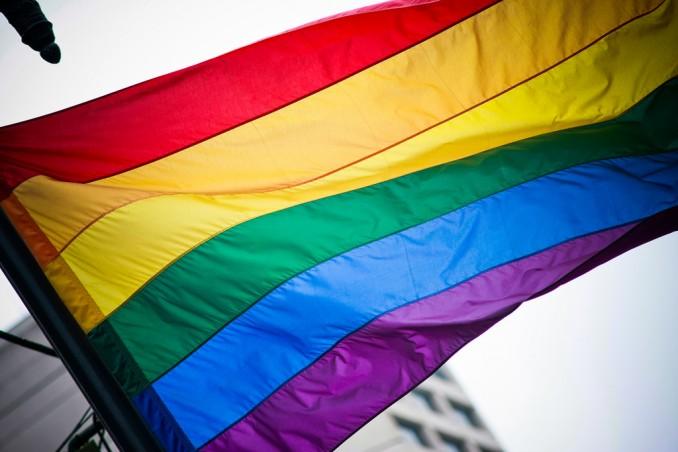By Badri Murali
I first came out to Anna one warm winter evening in January. It was the day I dropped by the Rogers Communication Centre to submit my portfolio as part of my application for the journalism program. After, we were walking to Union Station amongst all the commuters and she spoke about her fight with her Catholic high school to create a gay-straight alliance.
I realized I had something to tell her. She walked a little more slowly, while looking at me. I wasn’t nervous at all.
“I think I’m bi,” I said.
She gave me a hug and we kept walking to catch our train back to Mississauga.
Since that moment, I’ve always viewed downtown as the space where I can truly be at comfort with my queerness. When I started studying journalism at Ryerson in September 2012, the first couple of friends I made also happened to be queer identifying. It was easier for me to identify openly as bisexual because this was a new start for me; there were very few people from my childhood who attended Ryerson, and I knew that I was in a progressive space. I spent my first year learning more about the various aspects of being queer — identities, sex, the different communities in Toronto.
As an immigrant, a brown man, a person from a household with a fluctuating income, I’ve realized that these identities affect how a person, or group, is viewed. Why do certain groups get viewed a certain way? What role does the perception play in terms of how they are treated socially and systematically? I like to think that I’ve spent my past four years trying to think critically about these things and what role my queerness has played in it all.
The core lesson that has stuck with me is that my brownness is almost always the first thing people notice.
One of the first times I went to a gay bar was during the summer after first year at Buddies in Bad Times. I was waiting for my friend to come out of the bathroom when a slightly older white man in his early 30s said hello, then added, “You know, we don’t really see a lot of your kind here.” I asked him what he meant, hoping that it was something else, and he clarified that there are not enough brown men out in the village. A few weeks later, I tried my hand at Grindr. The first few times I messaged someone, I would either get no response or receive the inevitable, “Sorry, I’m not really into brown guys.” While this was disappointing, I kept looking.
This meant befriending more people who didn’t identify as heterosexual and finding events like Yes Yes Y’all, which gives people of colour a needed queer space. I finally understood that the “accepting” LGBTQ rainbow was really just a façade; it’s great, as long as you fit into certain identities or meet mainstream standards of beauty.
It’s easy to get jaded with the queer world. I could have sat down and just taken it, but I wanted to do what I could to make sure I was seen.
I’ve had many uneasy conversations with well-meaning strangers, asking me what my family says about my sexuality. I’ve asked them why coming out matters. Being a brown queer man has meant that I often become a sort of spokesperson for all brown people. I have spoken (and continue to speak) on challenges that I have experienced and try to point people to other resources when I don’t have the appropriate answers. Educating gets tiring, but I believe that the best way to make a person truly understand a new topic is through one-on-one conversations. And sometimes, I’ve been lucky to say these things in front of a larger group of people, in discussions and workshops, all of which I am grateful for.
For me, of all the possible spaces in the world to come out at and learn about one’s queerness, Ryerson was the best possible space for it. The past four years have set me up with a solid base of supportive friends and resources, all of whom and which will make my queer life a better one.










Leave a Reply